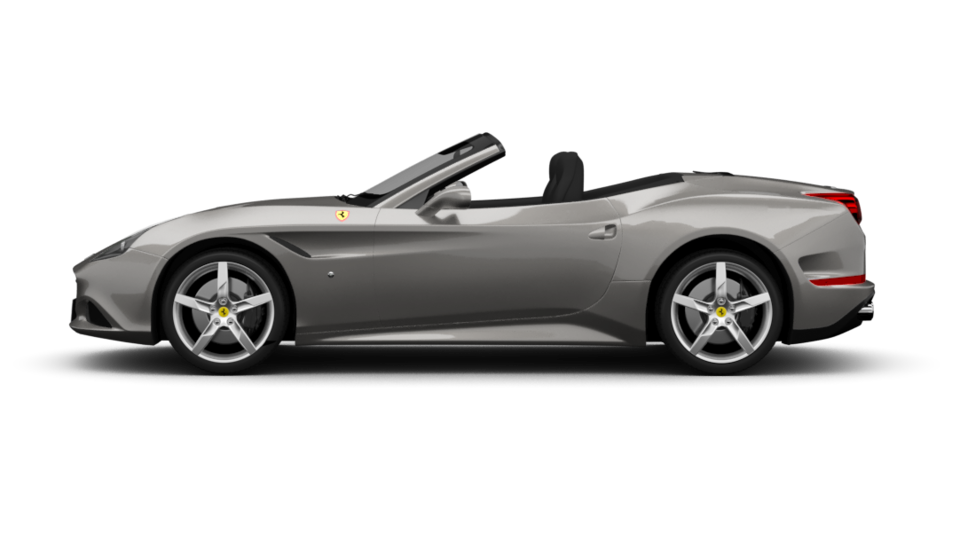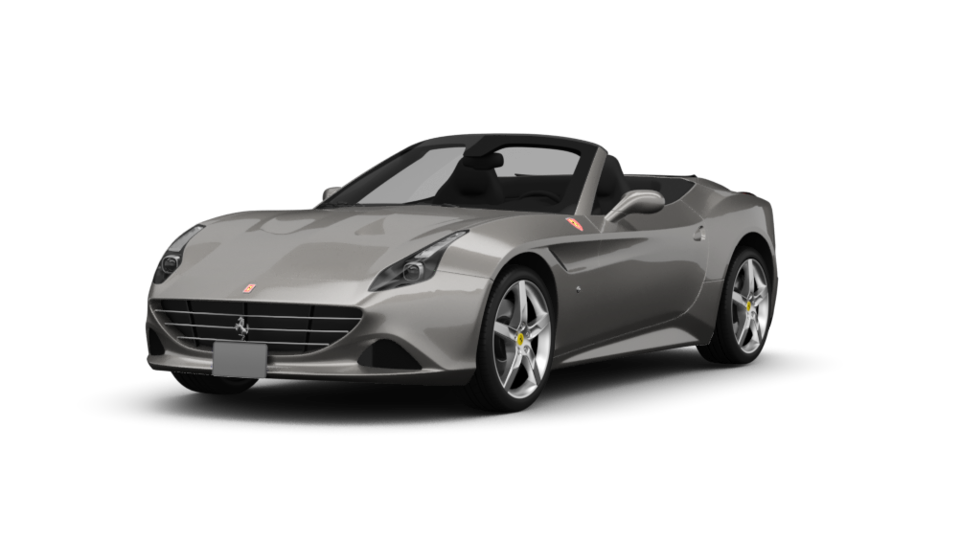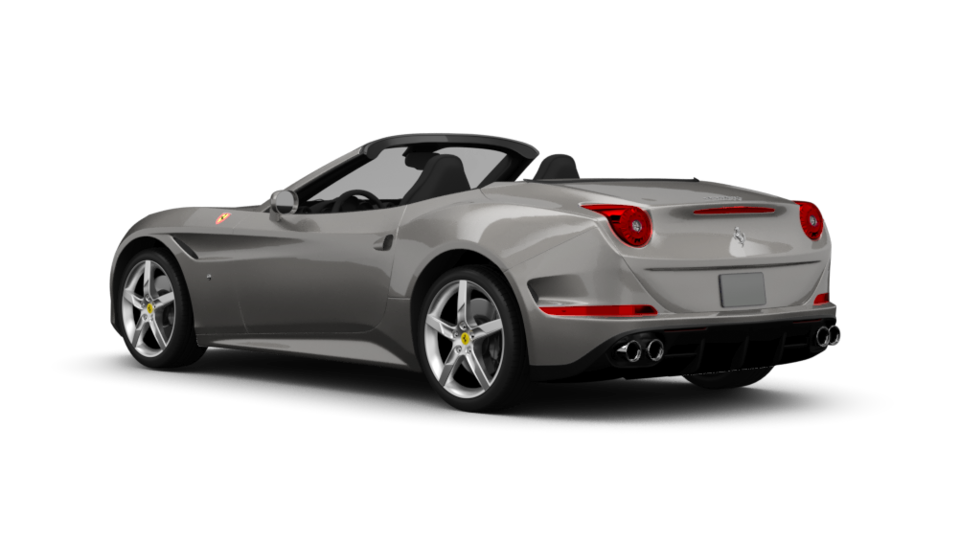Your browser is out of dateSome features may not be available. For the best experience, upgrade your browser.Upgrade now
Ferrari California:Review the specs, features and pros & cons



Overview of the Ferrari California
Learn about the Ferrari CaliforniaFerrari California Summary
Originally made available in 2008, the Ferrari California represented a number of firsts for the iconic Italian manufacturers. Not only was it the first model to be equipped with a 7-speed dual-clutch transmission and aluminum folding roof, but the Ferrari California was also the first Ferrari vehicle to be designed by the in-house creative team. Thought to be an entry-level model for those unfamiliar with the brand, the convertible featured Ferrari's trademarked luxury and blistering power. Its final year of production was 2017, as the vehicle was effectively replaced by the Ferrari Portofino in 2018.
Pros and cons of the Ferrari California
- First Ferrari to feature a 7-speed dual-clutch transmission
- Powerful V-8 engine
- Undeniably luxurious interior
- Long list of available upgrades
- Can be expensive to maintain
- Heavier build than traditional Ferrari vehicles
- Smaller back seat compared to 2+2 competitors
Specifications of the Ferrari California
Key specifications available across all trim levels- Seats2 - 4
- Doors2
- Fuel typeGas
- TransmissionManual
- City consumption18.1 L/100km
- Highway consumption12.3 L/100km
- Width1902 - 1910 mm
- Length4563 - 4570 mm
- Trunk space-
- Cargo space-
Trims available with the Ferrari California
What is a trim? Trims are different options of the same car with different features and equipment. The specs depend on the trim you choose.This variant of the Ferrari California 2011 - 2016 is available in 1 trim:Basic trim features and specs
Frequently asked questions about the Ferrari California
Dimensions of the Ferrari California
| Year | Height from | Width from | Length from |
|---|---|---|---|
| Exact values depend on trim choices. | |||
| 2016 | 1322 mm | 1910 mm | 4570 mm |
| 2015 | 1322 mm | 1910 mm | 4570 mm |
| 2013 | 1308 mm | 1902 mm | 4563 mm |
| 2011 | 1308 mm | 1902 mm | 4563 mm |